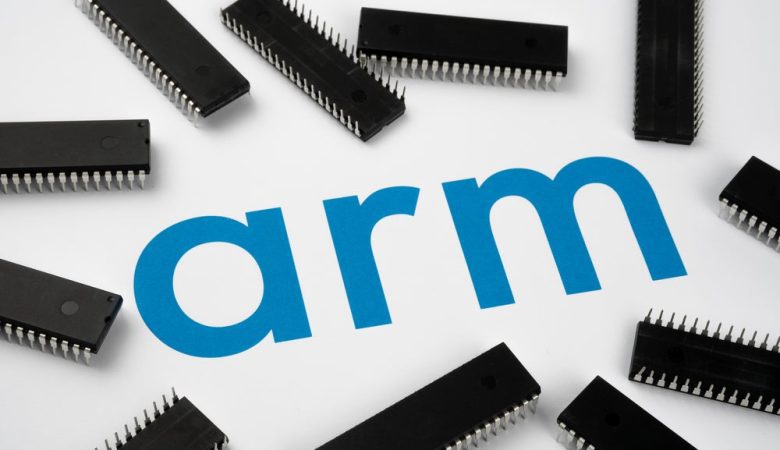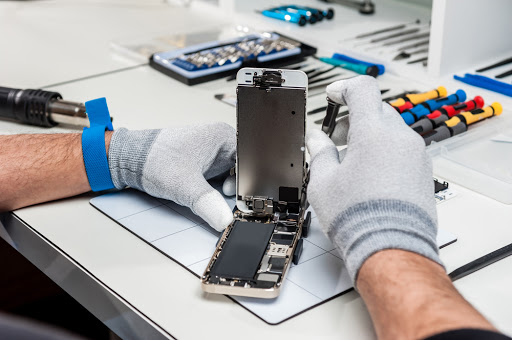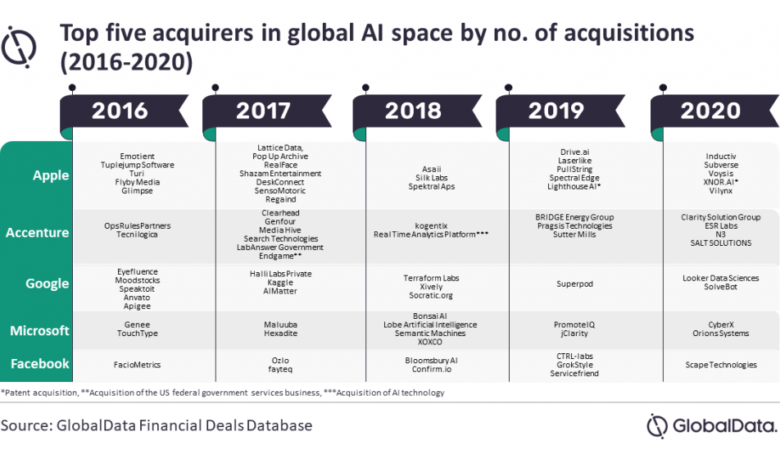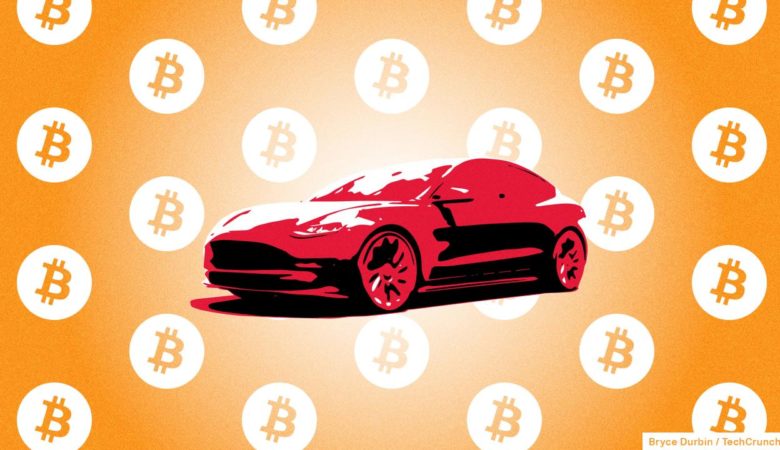In the race to connect with consumers and deliver advertising messages to them, brand managers face many challenges.

First, there is that of being able to draw attention above all the noise that surrounds consumers. In addition to the messages of other brands, they also have to face all the content that is trying to entice consumers. Next, there is trying to connect with them. It’s not just that they get the message, it’s also about getting it to them. And finally, there is the question of trying to make the message stick, to make consumers remember it.
But getting an ad and a brand message to stay in the consumer’s memory is not easy. Neuroscience has given some keys to understand what makes some work and others do not, good storytelling has become a good way to settle memories and understand what difference and what unites consumers is a way of knowing what to design and how to connect with receivers.
After all, not all consumers are the same and the strategy must be adjusted to what makes them different if it wants to reach all market niches. It is in this area that one might ask whether all generations of consumers are equally receptive to brand messages and whether they all remember them with equal intensity.
Possibly, by default, we take it for granted that older consumers remember ads best. They tend to be surrounded by fewer messages and less noise and are also the ones who remember the most campaigns from the past. In fact, surely many brands have this perception that now consumers ‘do not remember the ads as before’. However, and as a study has just shown, that is not exactly the reality.
As a Kantar Media study for Snap has just shown with a sample of consumers from various countries around the globe, the consumers who remember the ads best are the youngest. Despite the fact that as the age group falls, the consumer’s attention window falls (a teenager will give us less time than a baby boomer before moving on to something else), members of Generation Z are the ones who they better remember the ads.
More advertising souvenir in the Z
The study has shown that they are the ones who show the best advertising memory, comparing their data with millennials and with Generation X. They are, in addition and in a special way, when what is being analyzed is the result generated by the video ads that they can be skipped (and they only have a second impact).
With this, it is shown that, although adolescents are the ones who spend the least time with brand content, if they can, they are the ones who remember much better what the brand wanted to tell them.
Thus, 59% of the Z remembered the advertising message correctly, compared to 57% of the millennials (a very close percentage) and 47% of the members of Generation X. The study distributes the age ranges by putting Z’s as 13-24, Millennials 25-39, and X’s as over 40.
On video, 55% of Zs remembered the brand after watching a skippable video ad for two seconds. They outperformed millennials (46%) but also Xs and baby boomers (26%).
Process information faster
For this reason, and as one of those responsible for the study points out and Warc collects , the study is showing that we must actually assume that younger consumers see things differently. That is, they are much faster at processing information than older generations are and what advertisers assumed.
They live in a world where everything goes very fast and they have become able to manage the information that flows at that speed.











